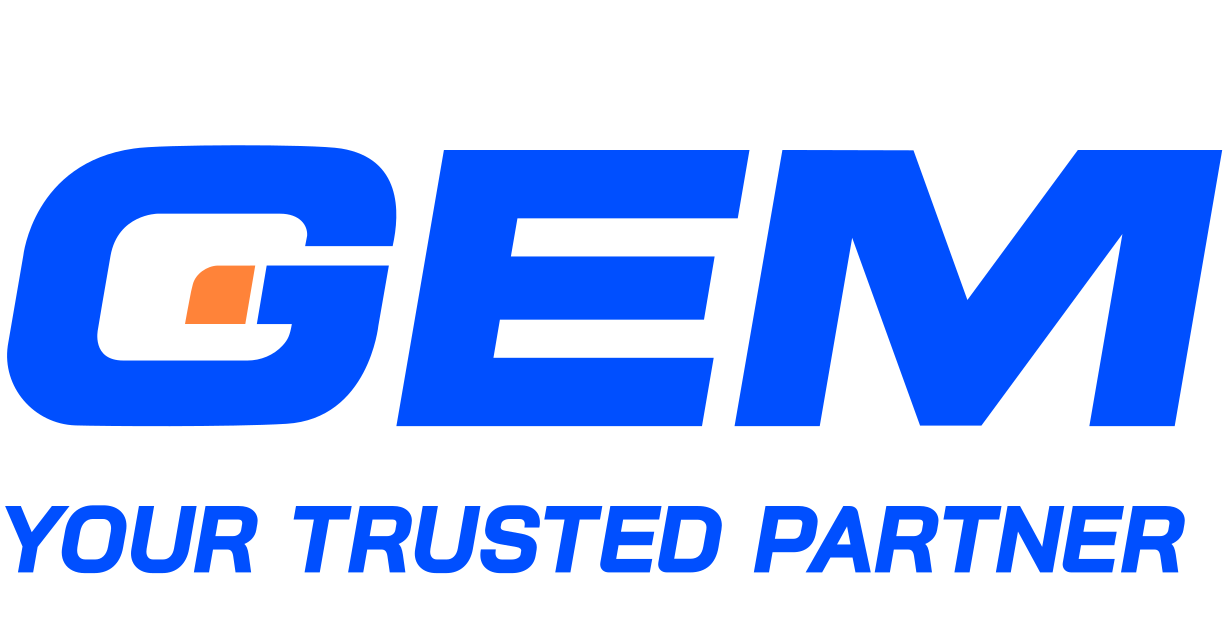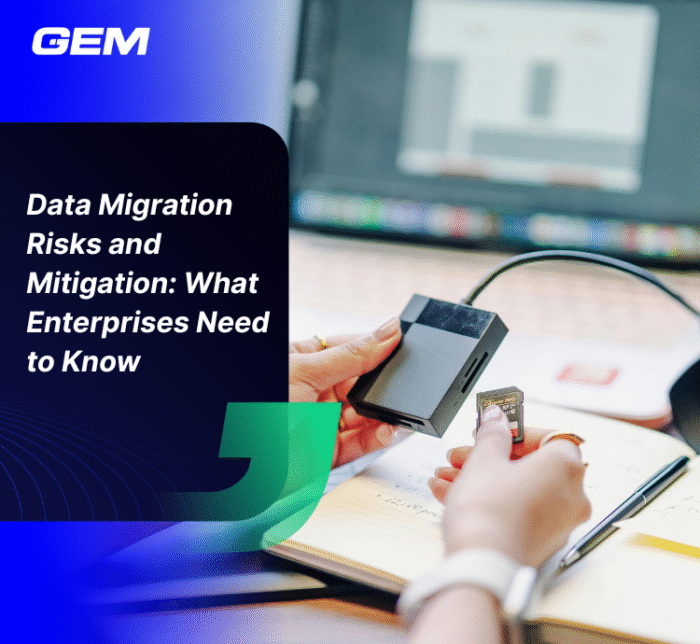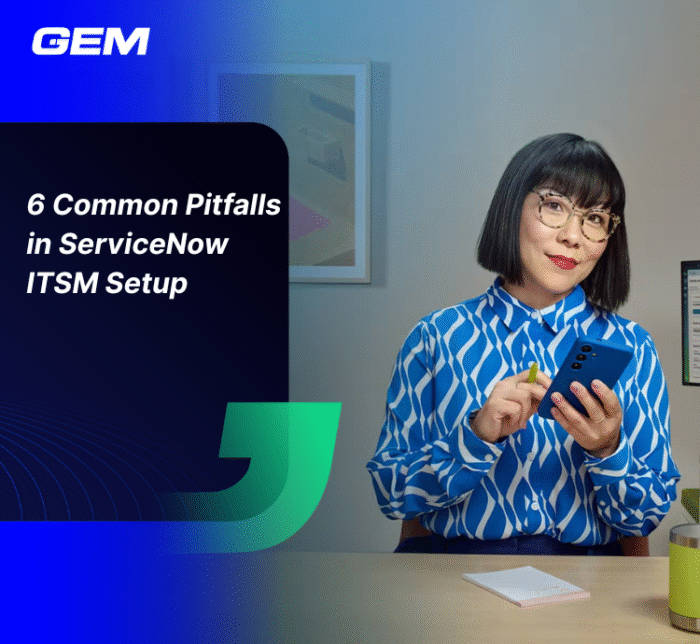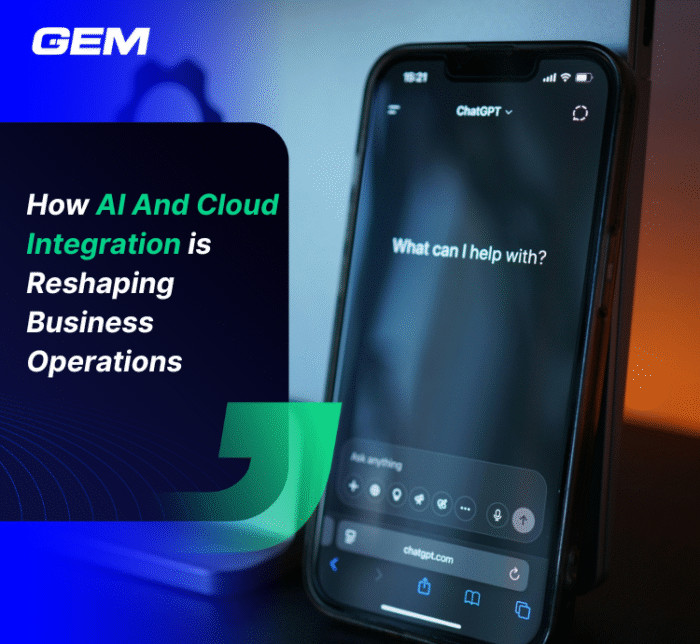Contents
Demand for HCM services is expanding as organizations rethink how they manage people, systems, and compliance across geographies. With the human capital management market projected to grow from $34.12 billion in 2025 to $64.97 billion by 2032 (Fortune Business Insights), service providers are evolving their offerings, from implementation and support to advisory and analytics. This article outlines the landscape of HCM services, key players shaping the market, and emerging trends such as cloud delivery, mobile workflows, and AI integration.
Here’s what leaders need to know when planning their next move in workforce transformation.
What are Human Capital Management Services?

Human Capital Management (HCM) services involve a set of strategic practices and technology systems used by organizations to manage their workforce, spanning hiring, onboarding, development, and retention. These services are designed to streamline HR operations while supporting broader business goals such as workforce agility, productivity, and cost control. HCM services extend far beyond administrative HR, offering tools and processes that support decision-making and long-term talent planning.
Key aspects of HCM services include:
Employee Lifecycle Management
Covers the full scope of an employee’s journey, including workforce planning, recruitment, onboarding, performance tracking, compensation management, and internal mobility.
Strategic Workforce Alignment
Focuses on aligning workforce capabilities with business objectives through skills mapping, succession planning, and organizational design strategies.
Employee Engagement and Development
Supports initiatives that foster workplace satisfaction, continuous learning, and career growth, strengthening retention and internal innovation.
Technology-Driven Operations
Centralizes HR functions through integrated platforms that support payroll, benefits administration, time tracking, and compliance across regions.
Workforce Analytics and Reporting
Uses data to track workforce trends, operational costs, and performance indicators, improving forecasting and talent investment decisions.
Regulatory Compliance
Addresses jurisdiction-specific requirements in labor law, tax reporting, and employee documentation, particularly for global enterprises.
Change Management Support
Includes advisory support during system transitions or organizational shifts to ensure consistent workforce adoption and operational continuity.
Explore more: What is a Human Capital Management (HCM) System?
Types of HCM Services
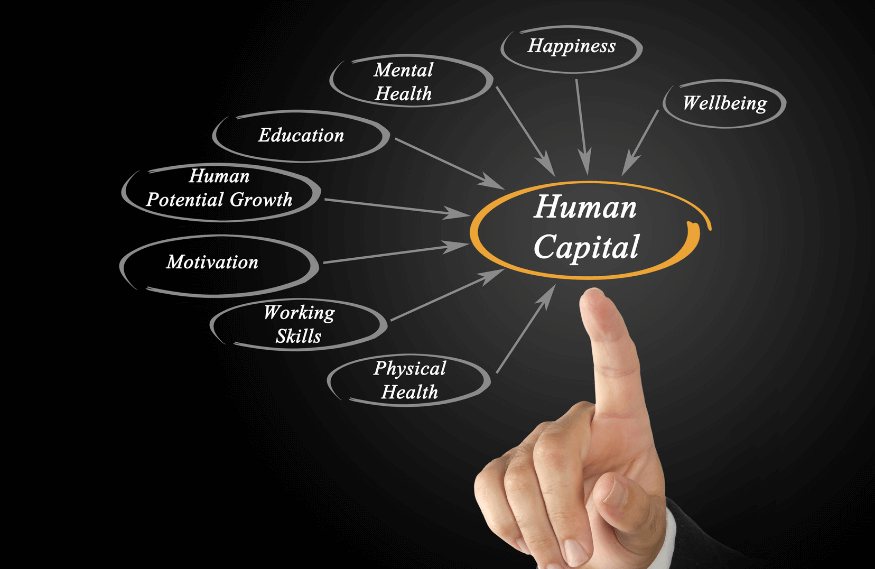
The scope of HCM services varies depending on organizational scale, technology maturity, and geographic presence. Most services fall under three primary categories, with specialized offerings developing as workforce needs become more complex.
HCM Implementation Services
These services focus on deploying HCM platforms across an organization. They include system configuration, data migration, integration with existing platforms (such as ERP or finance systems), and user training. Implementation partners also support localization, security setup, and compliance mapping to align the solution with regional and industry-specific requirements.
Key activities:
- Requirements gathering and solution design
- Platform deployment and module customization
- Legacy system integration
- Testing, training, and go-live support
Managed HCM Services
Managed services provide ongoing operational support for HCM systems. Rather than building in-house HR technology teams, organizations outsource day-to-day platform management, updates, and user support. This model reduces internal workload and ensures systems stay current with regulatory updates and vendor releases.
Scope may include:
- Payroll processing and administration
- Benefits and leave management
- Platform maintenance and upgrades
- Helpdesk support for HRIS users
- Data governance and compliance monitoring
HCM Consulting Services
Consulting services help organizations define and execute HCM strategies. These engagements often include vendor selection, HR process redesign, digital transformation roadmaps, and change management planning. Consultants bring cross-industry experience to guide workforce planning, talent strategy, and technology adoption.
Key areas:
- HCM platform evaluation and selection
- HR operating model design
- Employee experience strategy
- M&A workforce integration planning
- Compliance and risk assessment
Specialized HCM Support Services
These services address targeted workforce needs and are often delivered as modular or standalone offerings. They are increasingly important as enterprises scale across geographies and adopt more agile operating models.
Includes:
- HR Analytics-as-a-Service: External support for workforce reporting, dashboard development, and predictive modeling to support decision-making.
- Talent Outsourcing Services: Providers manage specific HR functions such as recruitment process outsourcing (RPO), onboarding, or contingent workforce operations.
- Compliance-as-a-Service: Tools and advisory support to meet labor law, tax, and regulatory obligations across jurisdictions.
- Learning Management Services: Support for deploying and managing learning platforms, training content, and employee development programs.
Top 5 HCM Service Providers
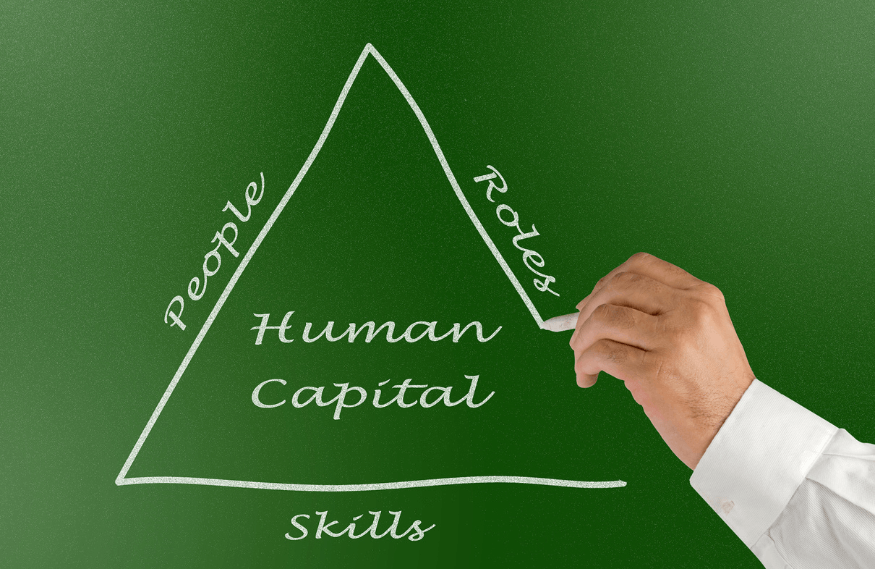
Selecting the right HCM platform depends on organizational scale, geographic footprint, and workforce strategy. The following providers represent the current market leaders, each offering enterprise-grade functionality with varying strengths in analytics, user experience, and global compliance.
Workday
Workday is a cloud-native HCM platform widely adopted by large enterprises and multinationals. Known for its unified architecture, it integrates core HR, payroll, talent, and finance functions into a single system. The platform supports continuous configuration without requiring custom code, making it attractive for organizations undergoing frequent change.
Key features:
- Unified data model across HR and finance
- Advanced workforce planning and modeling tools
- Built-in machine learning for talent insights
- Real-time analytics and dashboards
- Configurable business process framework
SAP SuccessFactors
SAP SuccessFactors offers a modular HCM suite designed for global organizations seeking flexibility and regional compliance. The platform supports both cloud and hybrid deployments, with deep localization capabilities across over 100 countries. It is particularly strong in talent management and learning.
Key features:
- Global HR and payroll compliance support
- Performance and goal management tools
- AI-driven learning experience platform
- Succession planning and career development
- Integration with SAP S/4HANA and third-party systems
Oracle HCM Cloud
Oracle HCM Cloud provides an end-to-end suite covering HR, talent, workforce management, and payroll. Built on Oracle’s Fusion Cloud infrastructure, the platform emphasizes scalability, embedded analytics, and AI-driven recommendations across the employee lifecycle. It supports multi-country operations with a single global instance.
Key features:
- Embedded AI for candidate screening and skills matching
- Workforce modeling and scenario planning tools
- Native integration with Oracle ERP and finance applications
- Role-based dashboards and mobile access
- Global HR compliance and localization
UKG Pro
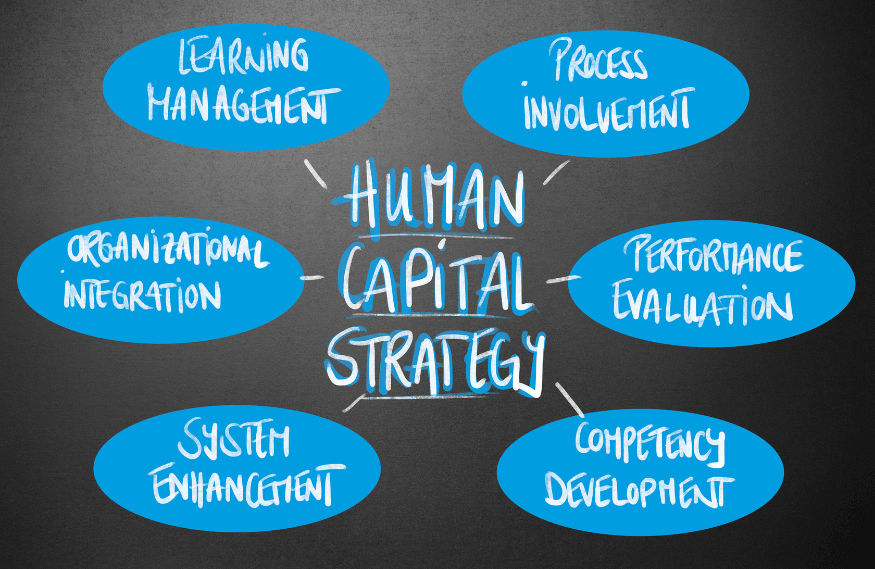
UKG Pro focuses on mid-sized to large organizations and is recognized for its strengths in payroll, workforce management, and employee sentiment analysis. The platform combines traditional HR functions with workforce scheduling and time-tracking capabilities, making it effective in hourly and shift-based industries.
Key features:
- Comprehensive payroll and tax engine
- Talent acquisition and onboarding workflows
- Predictive analytics for employee engagement
- Time and attendance tracking
- Native surveys and sentiment tools
ADP Workforce Now
ADP Workforce Now is tailored for U.S.-based midmarket businesses, offering a configurable platform that consolidates HR, payroll, benefits, and compliance. ADP’s extensive service infrastructure supports clients through managed services and compliance expertise, particularly in regulated industries.
Key features:
- Scalable modules for HR, payroll, and benefits
- Built-in compliance monitoring and reporting
- Employee self-service and mobile tools
- Integration with time tracking and retirement services
- Access to ADP’s benchmarking and labor market data
HCM Implementation Considerations & Strategy
Rolling out an HCM system requires coordination across departments, careful planning, and a structured execution model. The following framework outlines practical steps across three phases: planning, implementation, and post-deployment support.
Planning and Decision-Making
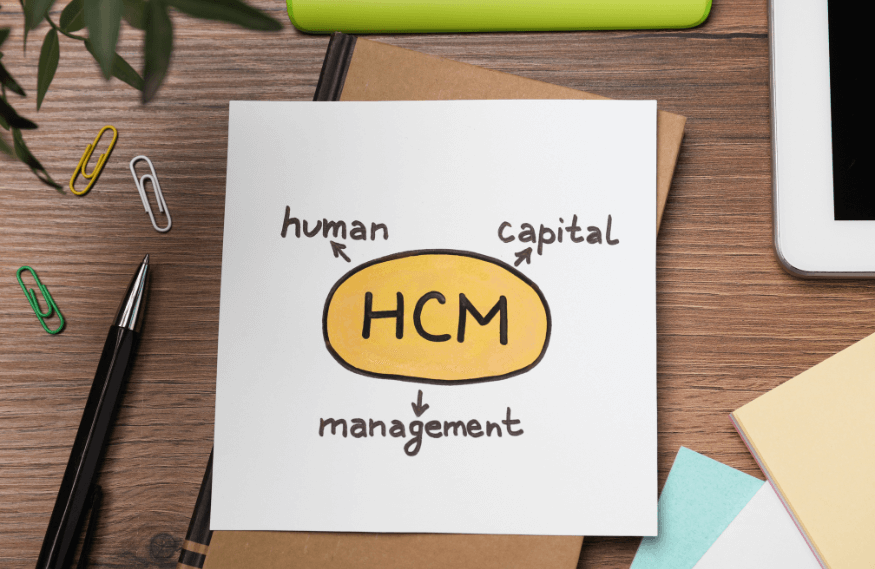
Define Business Outcomes
Begin by identifying what the organization expects from the HCM system, such as faster recruitment, improved payroll accuracy, or better workforce visibility. These outcomes guide both configuration and measurement.
Assemble a Project Team
Form a group with representation from HR, IT, Finance, and Operations. Assign clear responsibilities and decision-making authority from the outset.
Create a Realistic Timeline
Map each stage of the implementation, including system setup, data migration, user testing, and training. Include buffer time for technical adjustments and stakeholder input.
Select a Rollout Model
Choose between a single-phase launch or a staged rollout. The decision depends on internal readiness, system complexity, and geographic distribution.
Review Data Quality Early
Profile existing HR data to identify gaps or inconsistencies. Develop a plan for data cleanup and validation before migration begins.
Document Integration Requirements
Identify how the HCM system will connect with ERP, time tracking, payroll, or procurement platforms. Clarify interface specifications and data flow rules before development starts.
Execution and User Readiness
Communicate Early and Often
Provide regular updates to internal stakeholders. Share what will change, when, and how it affects teams. Use internal channels to maintain alignment.
Develop Targeted Training
Offer training sessions tailored to user roles. Include live walkthroughs, practice environments, and access to documentation. Sequence sessions to match rollout stages.
Involve Users in Testing
Invite HR specialists, managers, and selected employees to test workflows and provide feedback. Use their input to improve usability and address issues before launch.
Run End-to-End Testing
Validate system behavior using real scenarios. Review approvals, data flow, calculations, and reporting outputs to confirm accuracy and completeness.
Post-Deployment and Continuous Operation
Set Up Support Channels
Prepare a team to handle user questions, system issues, and process clarifications during the early weeks. Offer multiple contact points to increase accessibility.
Track Usage and Feedback
Monitor login frequency, task completion rates, and user feedback. Use this data to identify friction points and adjust configurations or training materials.
Keep Stakeholders Informed
Share updates on adoption rates, resolved issues, and upcoming features. Maintain visibility through internal dashboards or periodic briefings.
Review Performance Regularly
Evaluate whether the system is delivering the outcomes defined at the start. Adjust configurations, workflows, or user roles as needed.
Acknowledge Key Milestones
Mark the completion of major phases with internal communications. Recognize contributions from project teams and departments involved in the transition.
Future of HCM Services: Trends to Watch
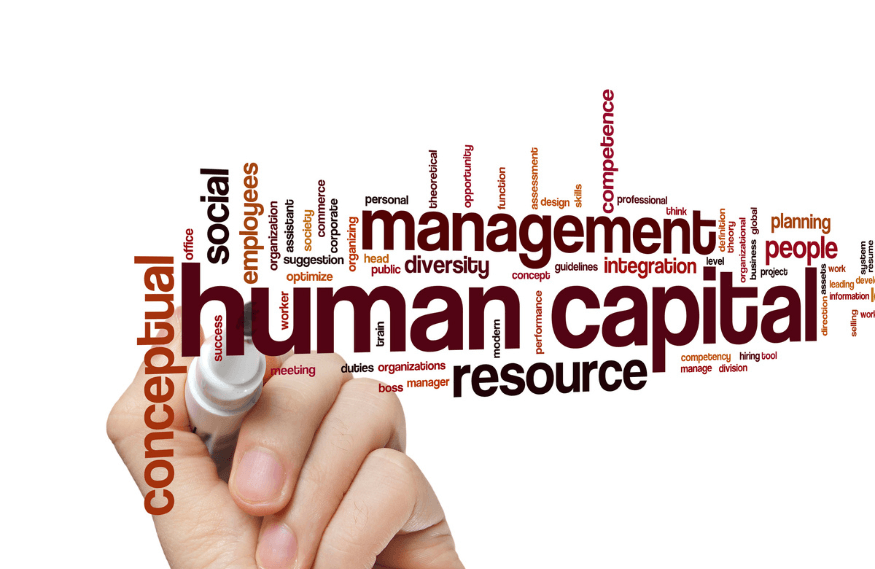
As workforce expectations shift and digital infrastructure becomes more integrated, the scope and delivery of HCM services are undergoing structural change. Service providers are adapting their offerings to align with enterprise priorities around agility, compliance, and data-driven planning. Five trends are shaping this evolution.
Cloud HCM Services
Cloud remains the dominant delivery model for enterprise HR systems. Gartner projects that by 2025, 60% of global midmarket and large enterprises will have adopted a cloud-deployed HCM suite covering administrative HR and talent management functions. This shift reflects the need for systems that support faster deployments, remote access, and easier integration with finance, payroll, and compliance tools.
Mobile-First Experiences
With more employees working remotely or across sites, mobile access has moved from convenience to necessity. Mobile-first HCM interfaces support faster approvals, real-time updates, and simplified access to benefits, learning modules, and performance data. Providers are designing mobile workflows that mirror desktop functionality while supporting localized compliance and multilingual use cases.
Conversational Interfaces (Chatbots)
Conversational tools are being built into HCM platforms to handle routine queries, guide users through workflows, and support self-service adoption. Chatbots are commonly used for onboarding support, policy navigation, and leave management. As their accuracy and contextual understanding improve, they are becoming a standard feature in employee service delivery for large-scale operations.
AI and Predictive Analytics
AI adoption is reshaping core HCM functions. According to Engagedly, 45% of organizations currently use AI in HR, and 38% plan to adopt it in the near future. Applications range from candidate screening and workforce forecasting to internal mobility and compensation modeling. McKinsey reports that organizations using AI and predictive analytics have shortened their time-to-hire by over 30%. In parallel, 80% of employers are expected to apply AI in workforce planning, while 70% of employees now expect personalized, AI-informed career development paths.
Compliance-as-a-Service
As employment regulations evolve across regions, many organizations face rising costs and risks tied to compliance management. Providers are introducing modular services that handle updates to labor law, tax codes, and data privacy rules. These offerings track regulatory changes in real time, maintain audit-ready documentation, and guide organizations through jurisdiction-specific requirements, particularly in cross-border employment models.
Transforming Workforce Management through Intelligent HCM Solutions with GEM Corporation
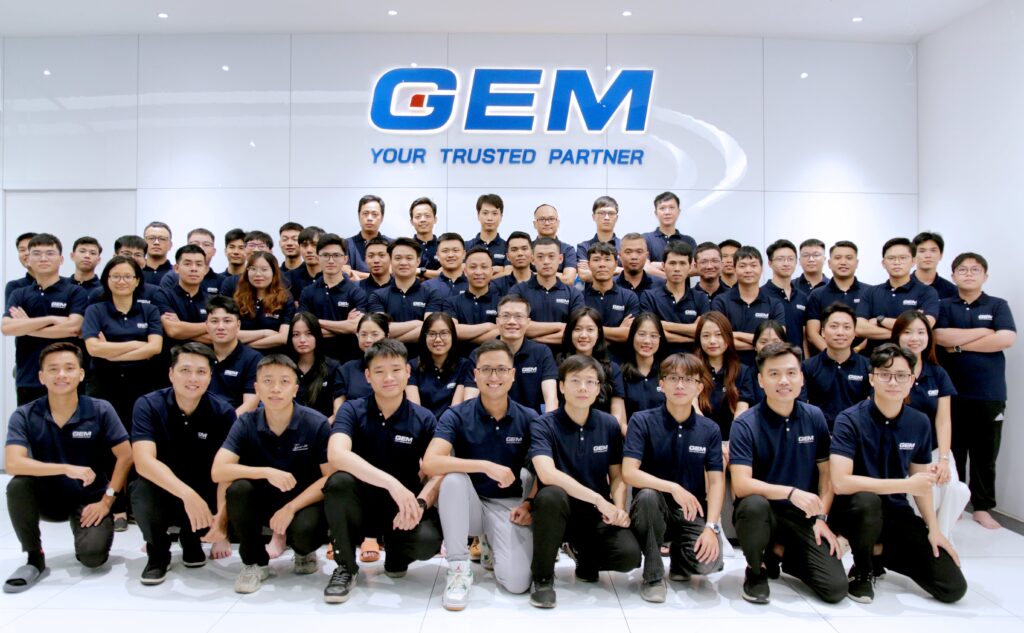
GEM Corporation brings over a decade of experience delivering enterprise-grade technology solutions across HR, payroll, and workforce optimization. As an ISO 27001-certified provider, we maintain strict data security standards across all client engagements. Our recognition by GoodFirms as a trusted IT service provider reflects our commitment to quality, innovation, and client satisfaction. With a foundation in AI, automation, and data engineering, we support organizations in building scalable, secure, and insight-driven HCM environments.
In the Human Capital Management sector, GEM provides a full-suite of services designed to support the entire employee lifecycle, from recruitment and onboarding to learning, compensation, and retention. Our AI-powered platforms reduce time-to-hire, personalize learning pathways, and streamline payroll and benefits administration. We’ve helped enterprises implement centralized HRIS solutions, automate workforce scheduling, and deploy intelligent HR assistants to improve service delivery. Built around rapid deployment models and ISO-aligned practices, our solutions are designed to scale with evolving workforce demands while delivering measurable business results.
Conclusion
As organizations rethink workforce models, HCM services are shifting toward AI-driven planning, mobile-first design, and compliance-ready platforms. Cloud adoption continues to rise, while analytics and automation are reshaping how talent is managed and developed. Industry leaders like Workday, Oracle, and SAP SuccessFactors are setting the pace, but service differentiation now hinges on integration, agility, and user experience. To explore how GEM can support your HCM transformation with tailored, data-informed solutions, contact our team today.
